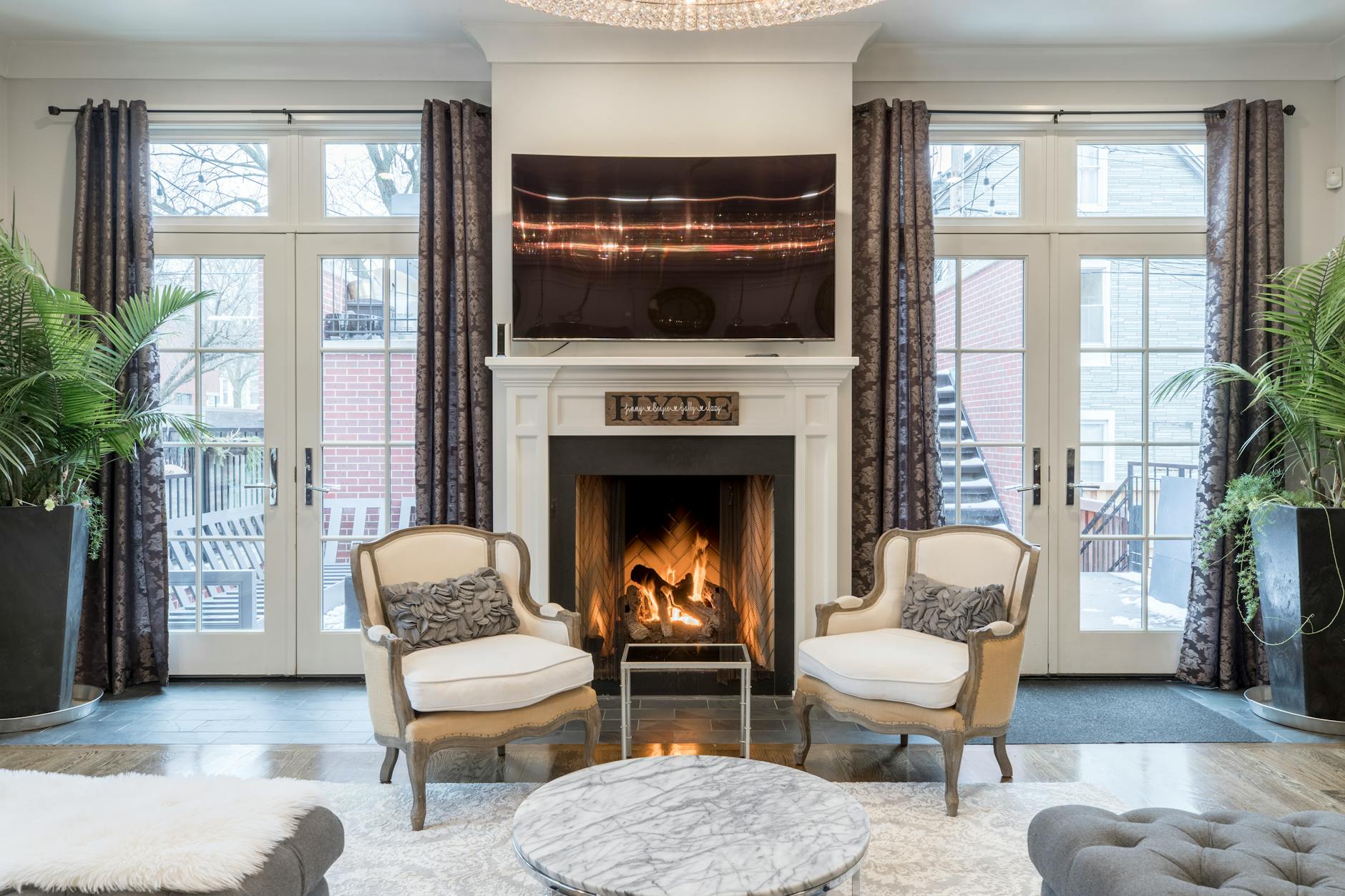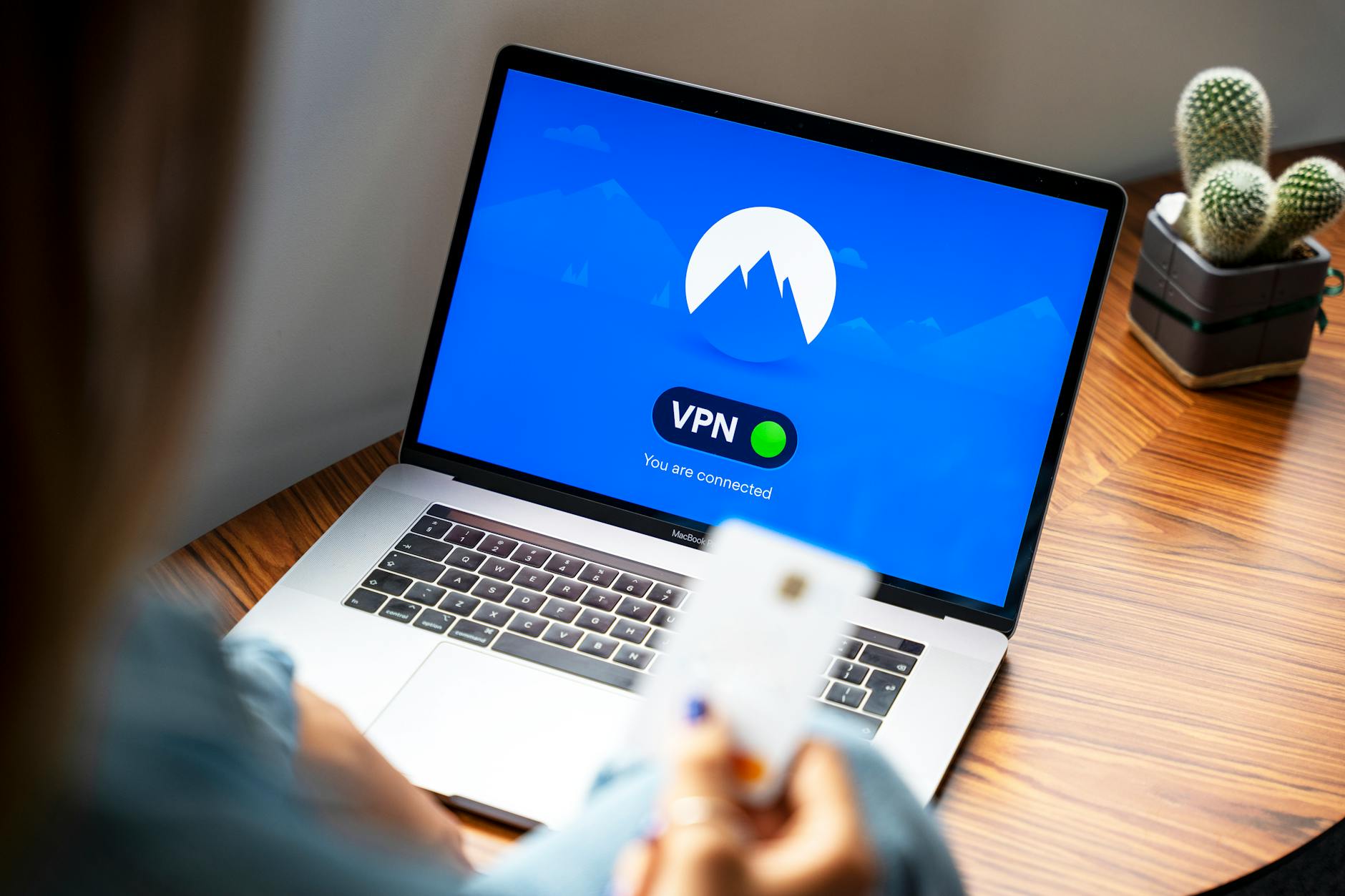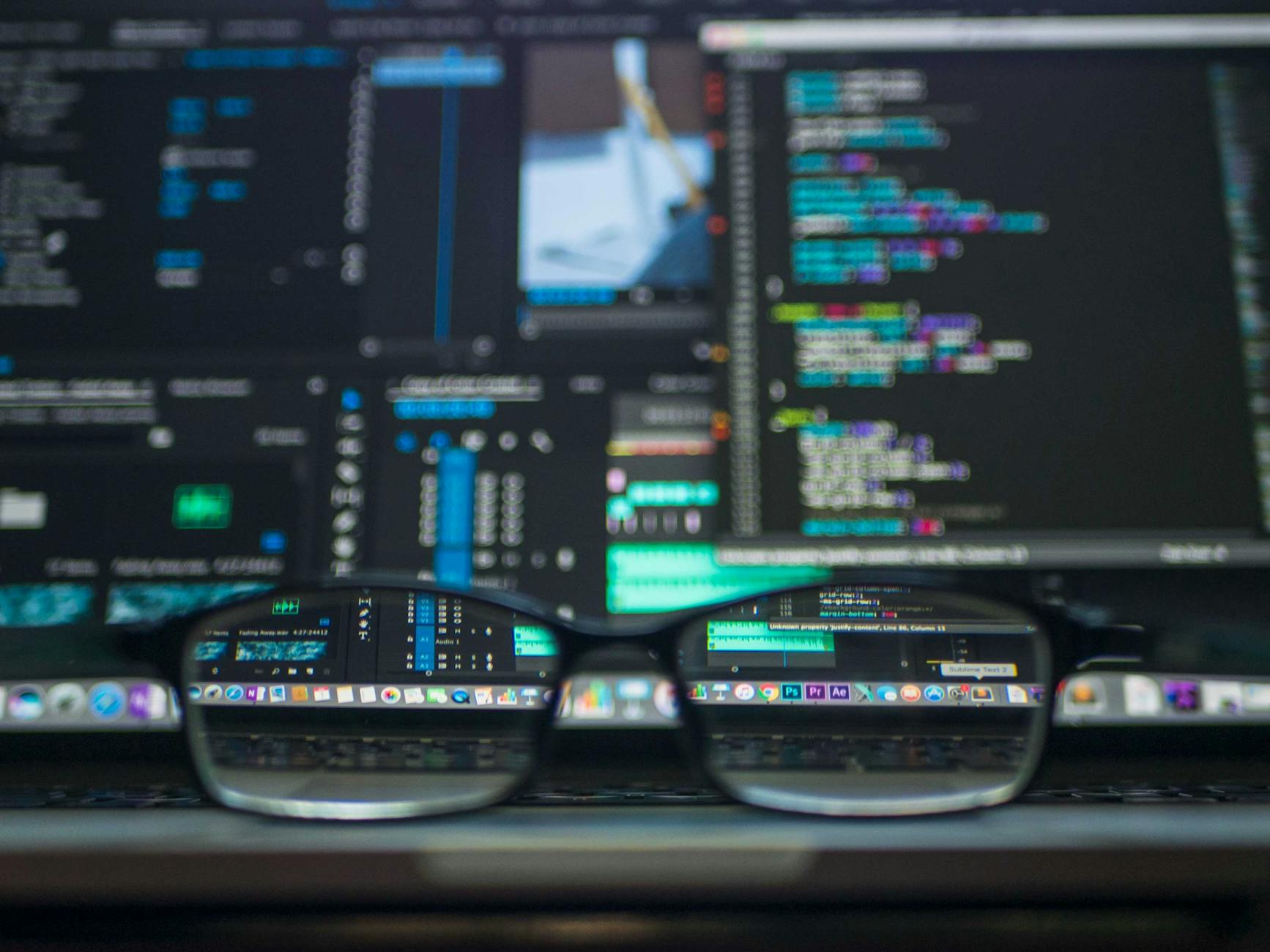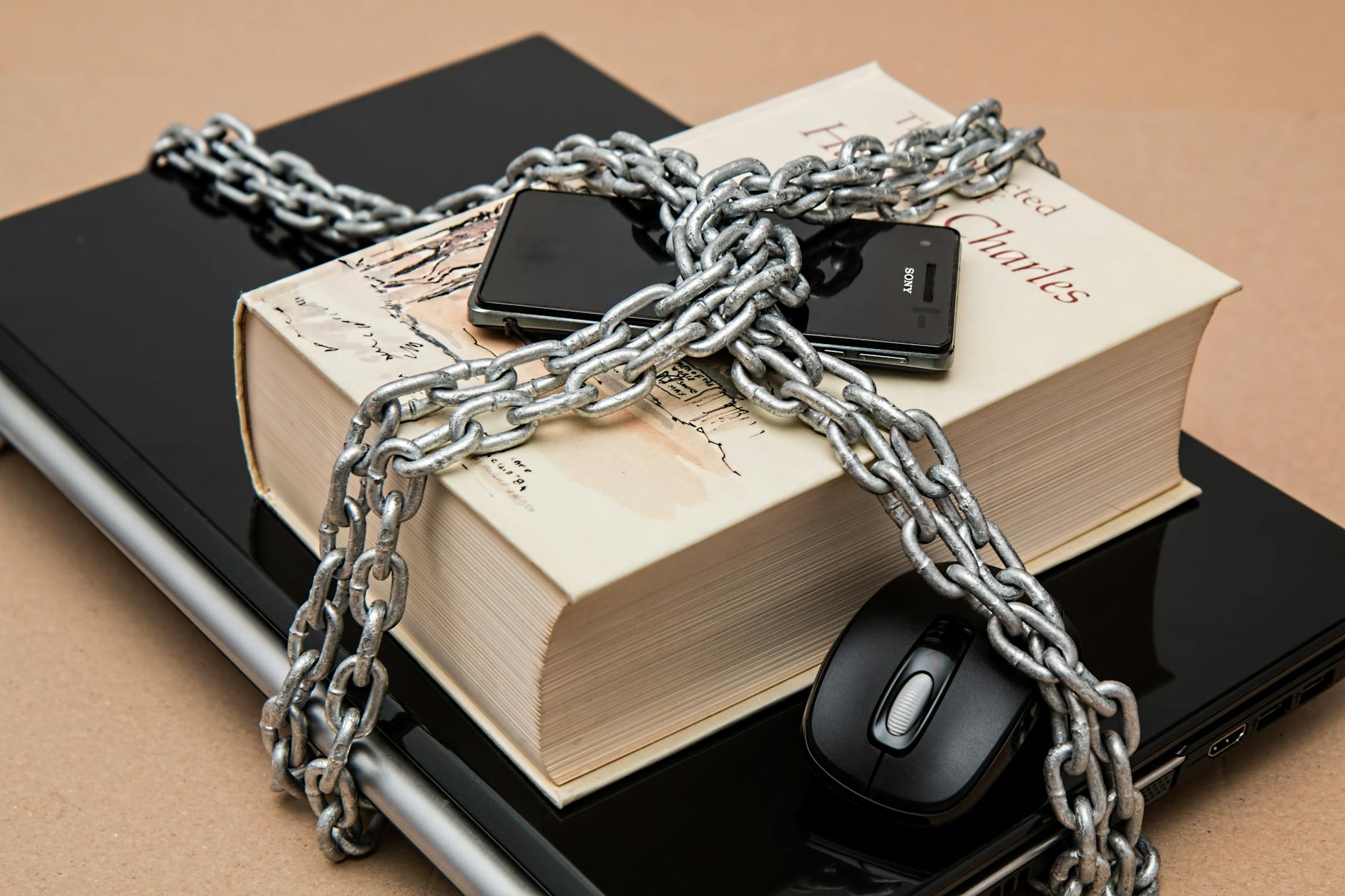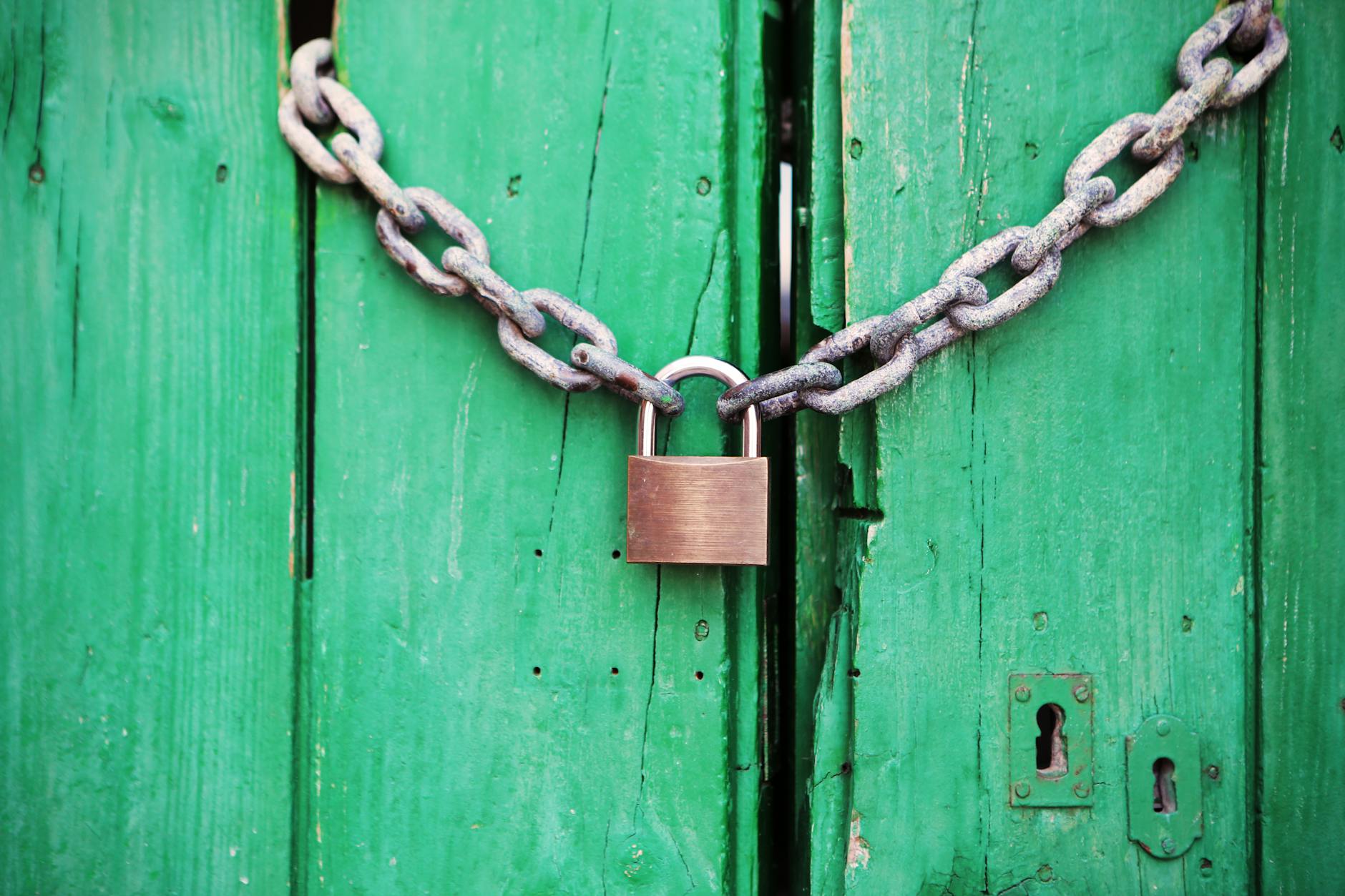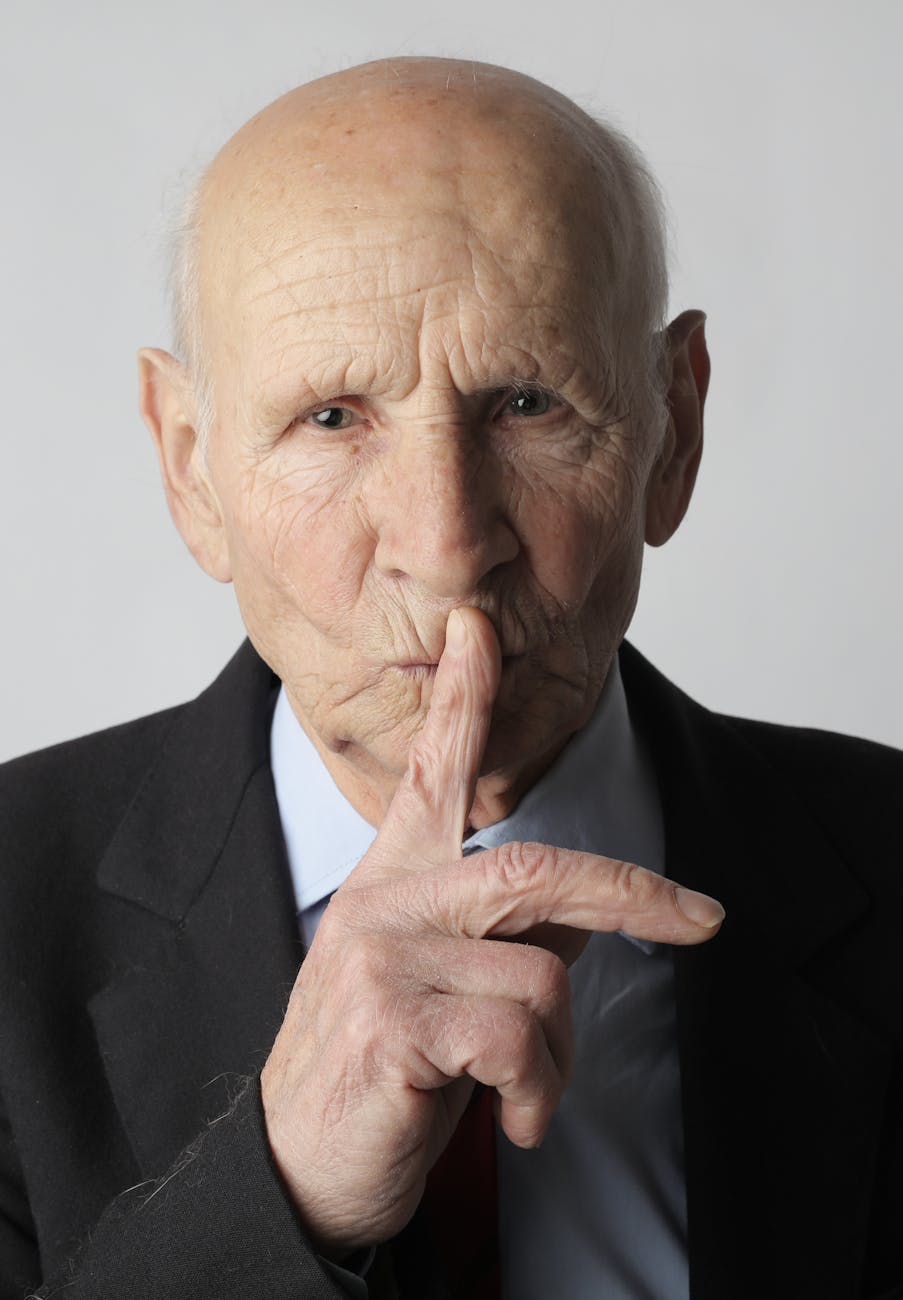Doing panoramas with dSLRs seems to be basically a lost art. I have been using Hugin and then finally paid for PTGui, but there seems to be very little help for how to do this. I think the panorama modes in camera phones have really superseded all the copy and pasting that is needed to make this work.
With that said, PTGui is definitely more polished than Hugin but pretty confusing. Here are some things I’ve learned trying to make a panorama and the only document is a bunch of old FAQs on that site:
- Permission errors. For some reason my version of Adobe Lightroom ended up creating a directory
~/Library/Applications Support/Adobewhich is created by system rather than me as a user, this causes it to say it can’t write. Just delete that Adobe and recreate from your user id. - PTGui accepts Raw images. This is the big reason I paid for it. With Hugin, you had to create TIF images. With my new Sony A7R3, the images are so good, I no longer need to process them with DxO for vignetting, etc, so it is nice not to have to create TIF images.
- PTGui control points. The interface is very much like Hugin, you enter images, then run the optimizer. This all happens on a window called the Assistant. The confusing part is what happens if it doesn’t quite work.
- PTGui Panorama Editor. This thing is really poorly documented, but basically you have a window and there are modal buttons at the top for zoom and zoom out and set the center point. The center point is key because it is around this that you rotate your image. You can click on the Align horizontal button and it then tries to make the horizon straight. If it doesn’t work, you then CTRL-click and drag the mouse to rotate the image around the center point. The single click is a little weird. It tries to make the horizon straight. If the images were quite straight (that is if you shot handheld), then you get a strange snake. The instructions on the site are for an old version of PTGui and pretty useless.
- PTGui Set Horizontal Control Points. If this is too complicated, you can actually set new control points in the control point table and have it align that way. This takes a super long time of course, so I normally just try to wiggle the image.
- Projections. This is not well documented, but basically if the image is less than 120 degrees wide you can use rectangular which keeps all the lines straight or cylindrical which wraps things around a cylinder. There is no way to project a big panorama correctly, so there are an incredible number of projections that you can use. Mercator is a good example. Like maps, it keeps the entire image flat at the expense of really big tops and bottoms.
- 16-bit images and TIFF. When you want to output images, you should probably choose TIFF and make sure to select 16-bit and then LZW compression to get the most effective small sizes. The default is 8-bit which is not great when you are trying to make RAW images look great.
- Cropping the final image. This doesn’t seem to be supported in PTGui, so if you have a handheld system, then you will get a pretty ragged image, so you have to go to Preview (but only for JPEGs, for some reason it can’t crop TIFFS) or Lightroom to get it to look nice.
- Stripping of EXIF information, you also need to add back the location and time of the shoot, PTGui seems to strip that if you are using raw images. Lightroom is a way to do that. So then you have to write out that file. What a pain.
